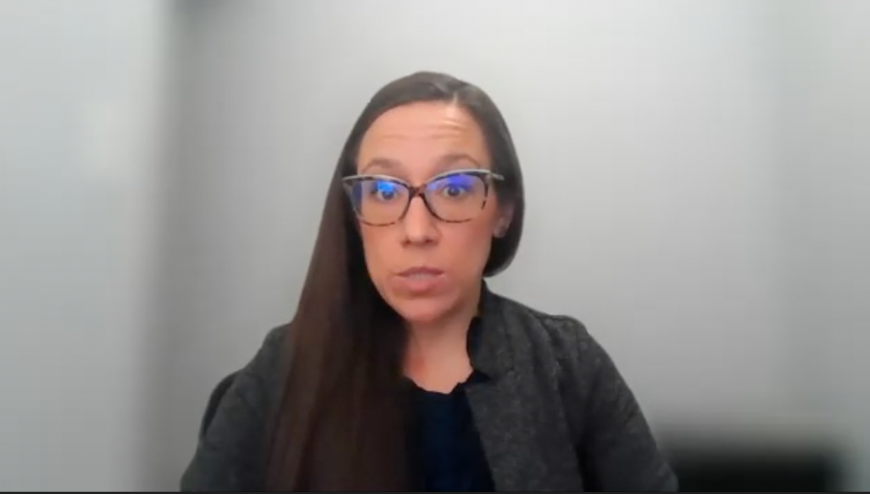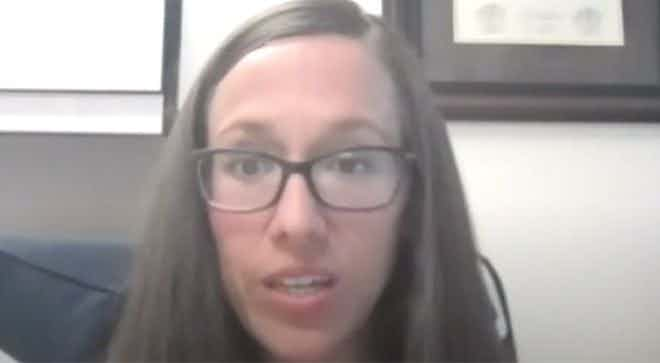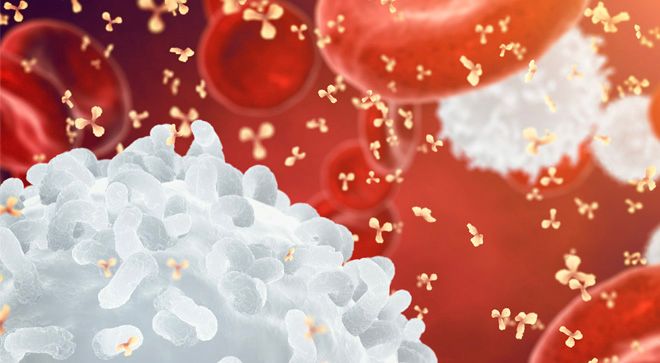Article
Mantle Cell Lymphoma Treatment in the Era of COVID-19
Author(s):
After determining an aggressive or non-aggressive treatment approach to mantle cell lymphoma, patients and clinicians must then discuss COVID-19 vaccine efficacy when determining a maintenance treatment strategy.
While 10% to 15% of patients with mantle cell lymphoma (MCL) may be eligible for a “watch-and-wait” strategy, the majority will need to be treated soon after diagnosis, and multiple factors are considered when determining what kind of approach is most appropriate, explained Dr. Brad S. Kahl.
Once initial treatment is complete, a maintenance strategy will need to be discussed as well – something that the COVID-19 pandemic has made even more difficult.
“Is the patient before me a candidate for an intensive treatment strategy? Or are they better suited with a non-intensive treatment strategy?” said Kahl, professor of medicine, Department of Medicine, Oncology Division, Medical Oncology, at the Washington University School of Medicine in St. Louis. “A reasonable age cutoff is around 65,” Kahl explained.
“But, of course, there’s a whole lot more than just the age that goes into that. You’ll see some patients in their early 60s who are quite unhealthy and shouldn’t get intensive treatment strategies. And you’ll see some patients in their late 60s who could easily tolerate intensive treatment and surgery.”
Intensive Treatment for MCL
Generally, younger, healthier patients are the ones prescribed intensive therapy, which usually involves chemotherapy treatment with a high dose of cytarabine, followed by an autologous stem cell transplant. This type of treatment plan can be extremely difficult for about a year, and then afterwards involves prolonged maintenance.
While this seems like a tough road, the payoff can be worth it for many individuals, as it leads to long first remissions.
“Those remissions can be in the seven- to nine-year range, just on average, with some people getting much better than that,” Kahl said.
Less Aggressive Treatment
Older and/or less-fit patients may not be able to tolerate intense MCL treatment and all the side effects that come along with it. For this patient population, aggressive treatment might not be worth the negative impact on quality of life – especially as outcomes might not be as good as their younger, healthier counterparts.
But remission is not out of reach for these patients, either. The most commonly used therapy for this patient population is Treanda (bendamustine) and Rituxan (rituximab), a treatment strategy that is, “relatively straightforward and easy to administer,” according to Kahl.
“It’s quite effective; it gets most patients to remission,” he said.
Treanda/Rituxan treatment, when given without any maintenance therapy, has an average remission length of about three years, explained Kahl. When the treatment is given in six cycles followed by two years of maintenance Rituxan treatment, remission could be even longer – usually surpassing the five-year mark, according to Kahl’s research.
Rituxan Maintenance Therapy in the Era of COVID-19
There have been benefits with Rituxan maintenance therapy when given to younger patients after stem cell transplant, after R-CHOP therapy, and potentially after Reanda/Rituxan treatment in older, less-fit patients.
However, questions remain on the optimal length of time a patient should be given Rituxan after their main form of treatment ends. And now, the COVID-19 pandemic brought about even more questions regarding the drug’s use in patients with MCL.
“It’s pretty obvious that patients who are getting (Rituxan) respond less well to vaccines,” Kahl said. “So it has to be weighed in together as we make our treatment decisions. We certainly have taken some of our mantle cell (lymphoma) patients and paused their maintenance treatment in an effort to increase likelihood of getting a good vaccine response.”
With no hard data on the topic, Kahl said that he and his physician and researcher colleagues are “trying to figure this out as we go.”
“The bottom line is maintenance (Rituxan) is very beneficial in mantle cell lymphoma. But I think that has to be factored in the current climate of the pandemic and probably need to individualize that decision,” he said.
For more news on cancer updates, research and education, don’t forget to subscribe to CURE®’s newsletters here.















